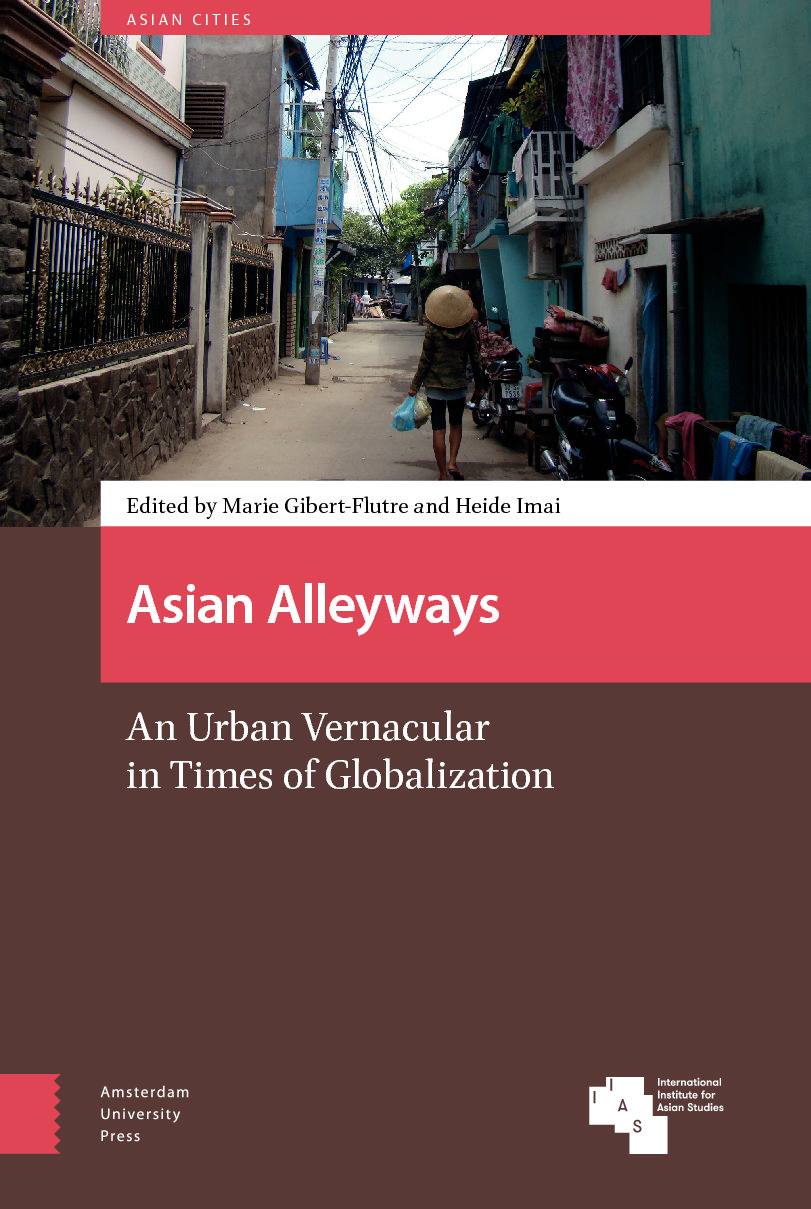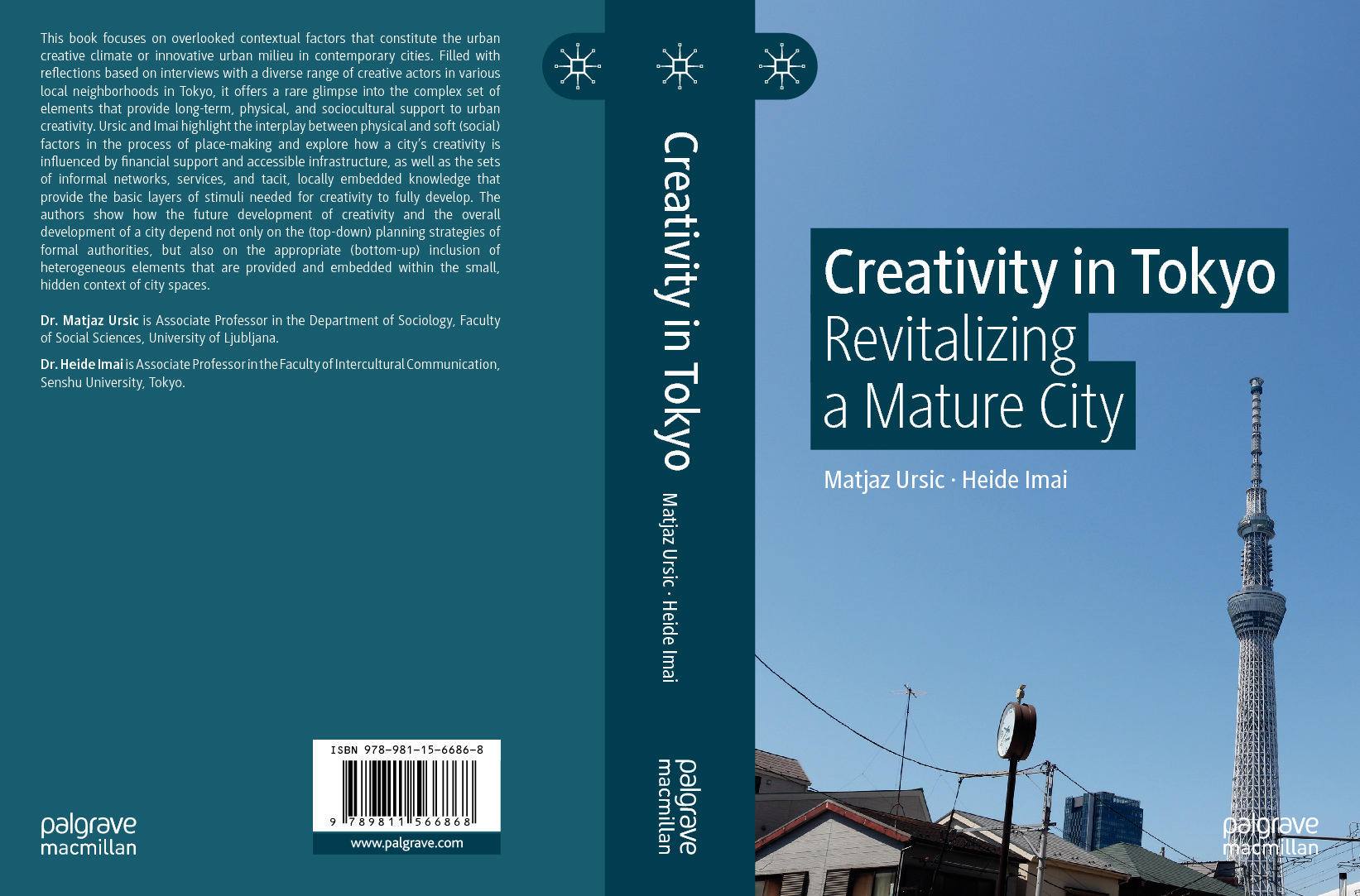Together with Lisa Woite we worked the last two years on an exciting research project dealign with the liminality of subcultural spaces in Tokyo and the changing urban situation of the city they are situated in. This is one of the first outcomes of this research project about liminal spaces in Japan and this time we are very happy to be a part of the special issue “Urban Borderlands: Difference, Inequality, and Spatio-Temporal In-Betweenness in Cities”, edited byDeljana Iossifova (University of Manchester) and David Kostenwein (ETH Zurich). Many thanks for all the critic, advice and support coming from peer-reviewers, colleagues and friends.
The paper is open access and available for download here:
The Liminality of Subcultural Spaces: Tokyo’s Gaming Arcades as Boundary Between Social Isolation and Integration
- Heide ImaiFaculty of Intercultural Communication, Senshu University, Japan
- Lisa WoiteDepartment of Imaging Arts and Sciences, Musashino Art University, Japan
https://www.cogitatiopress.com/urbanplanning/article/view/6969
The full issue is available here:
https://www.cogitatiopress.com/urbanplanning/issue/view/312












